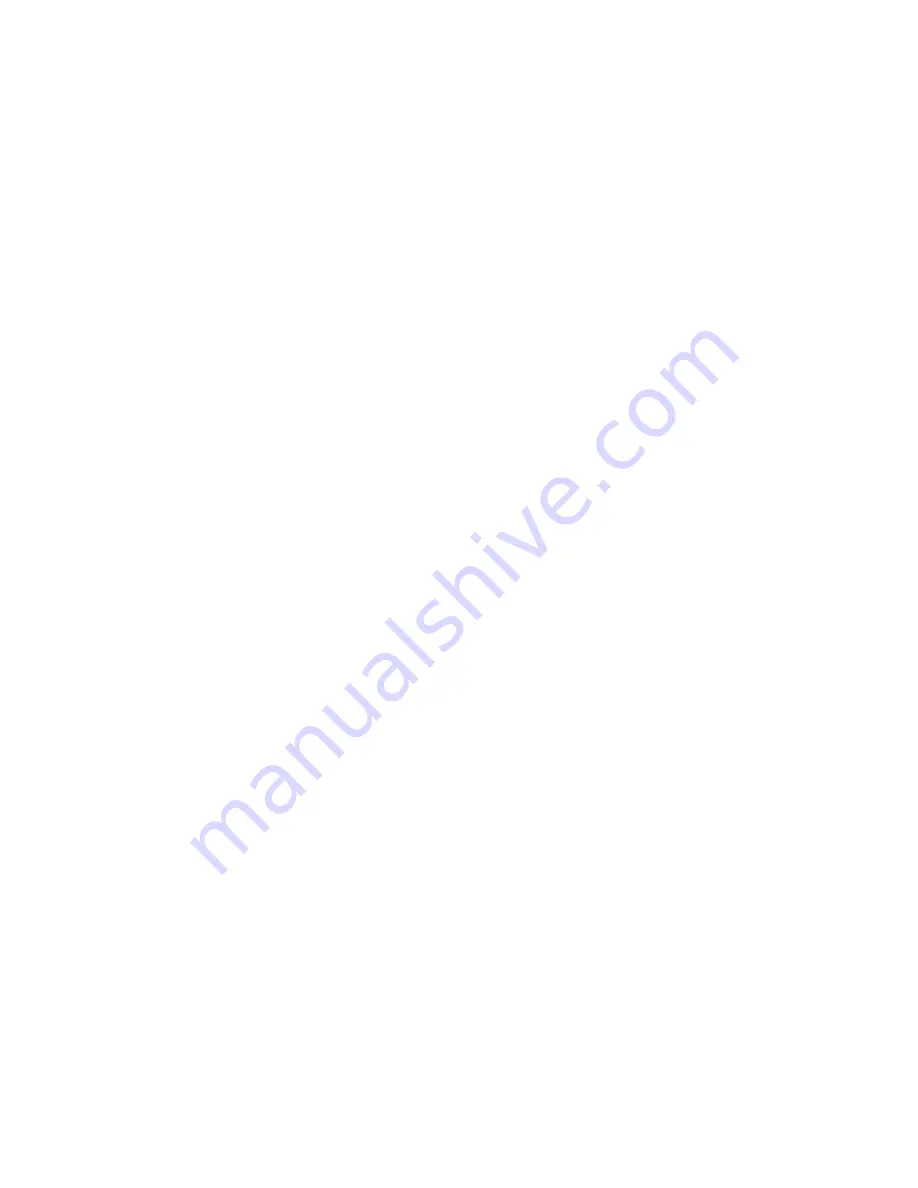
THRUSH AIRCRAFT, INC – MODEL S2R-R1340
AIRCRAFT MAINTENANCE MANUAL
Effective: 01/01/08
2-13
develop cracks. Reinstall shock struts with
new hardware
BRAKE BLEEDING
Brake bleeding should be performed when
air is suspected of being entrapped in
brake lines. See Section 3 for brake
bleeding procedures.
ENGINE DEPRESERVATION
GENERAL:
Remove the moisture-
resisting coverings, tape, dehydrating
agent, and dehydrator plugs from the
engine and the accessories.
* NOTE *
Do not remove the cover from the
carburetor mounting pad until
the carburetor is to be installed.
MIXTURE DRAINAGE:
Remove the
sump drain plugs and allow the excess
corrosion preventive mixture to drain.
* NOTE *
The oil sump contains an upper
an lower chamber. The upper
chamber collects oil drained from
the crankcase section, and the
lower chamber collects oil
drained from the rockerbox drain
system. The front plug drains
the lower chamber while the aft
plug drains the upper chamber.
Remove the dehydrator plugs from the
cylinders. Using a small inspection light,
inspect the cylinders through the spark
plug holes to ensure that oil or mixture has
not accumulated in the cylinders. If an
appreciable quantity is present, remove it
with a suction pump.
Remove the two bottom intake pipes and
drain all corrosion preventive mixture from
them. If excess mixture is found in the
intake pipes, remove and examine the
adjacent intake pipes on each side of the
engine, continuing toward the top cylinder
until no excess mixture is found.
On installed engines, motor the engine
through a minimum of six revolutions with
the sump drain plugs and the lower-most
intake pipes removed to facilitate engine
draining.
On uninstalled engines, remove the starter
and the oil inlet and outlet shipping covers.
With the sump drain plugs and the lower-
most intake pipes removed, turn the
engine until the crankshaft is in a vertical
position. Allow the corrosion preventive
mixture to drain. Turn the engine through
at least six revolutions in the normal
direction of rotation to facilitate draining.
Turn the engine until the crankshaft is in a
horizontal position and repeat the
preceding instructions. Thoroughly clean
the sump drain plugs and the intake pipes
removed and reinstall in the engine.
Remove the pressure oil screen from the
rear oil case, and allow any corrosion
preventive mixture to drain from the oil
screen chamber. Clean the screen
thoroughly, then reinstall making certain
that the cover gasket is in good condition.
If necessary, wash the exterior of the
engine thoroughly with cleaning solvent,
being careful to keep the cleaning fluid
away from the ignition cable assembly.
Dry the engine with compressed air.
ENGINE PRESERVATION PROCEDURE
When it is known that an aircraft will be idle
for more than one day but less than ten
days, rotate the engine on alternate days
at least 20 propeller blades by means of
the starter. Run-up the engine on the fifth
day at 1000 RPM until the oil temperature
reaches 65ºC (149ºF). If, due to
circumstances, it is not possible to rotate
or run-up the engine during this 10 day
period, pre-oil the engine prior to starting.
The corrosion preventive mixture referred
to in the following instructions, PMC 9111
(Rust Ban 624, 622, or 632), is composed
of a blend of three parts engine lubricating
oil and one part corrosion preventive
compound, Rust Ban 626, 628, or 631, or














































